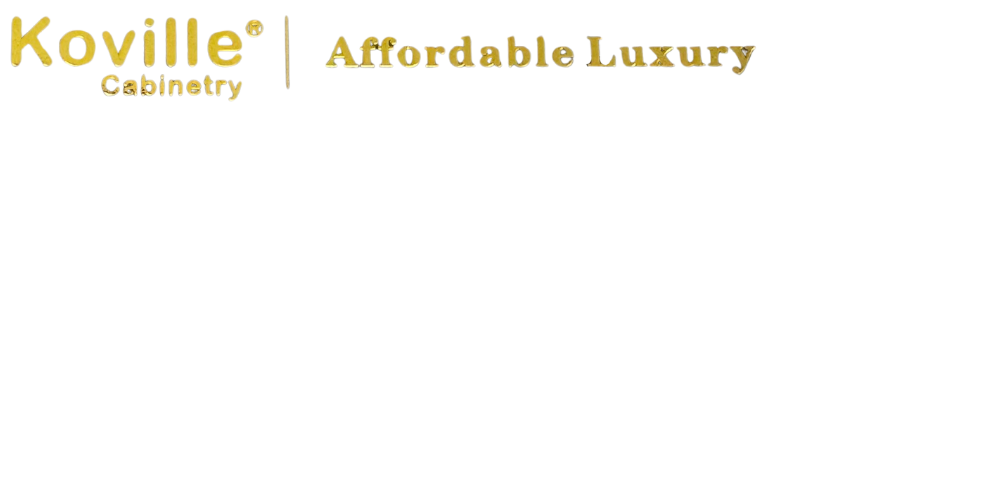Koville Cabinet Care and Maintenance Guide
To conserve your Koville cabinet surfaces in the best way, we advise you to follow the indications on this page, bearing in mind that:
The following indications should be considered guidelines for ordinary use in interior environments and, in any case, do not modify the responsibilities of the final user;
Any application of Koville cabinets in outdoor environments must be evaluated on a case-by-case basis, with the consultancy of Koville’s authorized distributers and personnel.
1. DAILY CLEANING
We always suggest the most delicate methods. A soft cloth dampened with warm water is usually sufficient to clean your cabinets. If a more thorough cleaning is required, a fresh solution of dishwashing liquid mixed with warm water would suffice. Be sure that none of the products used contain ammonia or silicone. Strong products may damage or discolor your cabinet finish and is not recommended. After cleaning, wipe all surfaces with a clean, damp cloth, then dry immediately, using another soft, clean cloth.
2. DUSTING
Dust cabinets frequently with a soft, lint-free cloth. You can dampen the cloth slightly with water or a spray-type dust remover.
3. POLISHING
We recommend that you wash and polish cabinets once or twice each year. Use a light coat of quality furniture polish.
4. SPLATTERS AND SPILLS
All splatters and spills should be addressed immediately. The prolonged exposure to spills, including food, water or other liquids, or to oil and grease splatters, can cause permanent discoloration or damage to your cabinet’s finish.
ATTENTION
We advise that you not to use detergents, cleaning or stain removal techniques that are not suitable for the purpose: the wrong type of intervention could cause irreversible damage. We advise you to always examine the label of the product you want to use, to ensure it is suitable for the purpose and, in any case, we suggest you test it, per the instructions for use on the package, in a small area of the surface that is hidden from view.
AVOID:
|
PRECAUTIONS
Avoid draping damp clothes or dishtowels over cabinet doors. This moisture can cause permanent damage- such as peeling and discoloration- to the cabinet’s finish.
For self-cleaning ovens:
Self-cleaning ovens are cleaned using intense heat. If the heat gasket does not seal properly, heat may escape from the oven. Cabinets installed near a self-cleaning oven can suffer finish or surface damage. To minimize the risk of damage during cleaning cycles, we recommend that you remove doors and drawers from cabinets that are above and adjacent to a self-cleaning oven.
Regarding placement of heat producing appliances:
We recommend that you do not mount heat-producing appliances, such as coffee makers and toaster ovens, beneath cabinets. Excess heat and moisture from these appliances can damage cabinets.
Exposure to direct sunlight tends to darken the color of natural wood products. Sunlight can also fade painted wood surfaces, laminated surfaces and thermophile surfaces. You should consider draperies or blinds to shield your cabinets from direct sunlight.
Finally, we advise you to perform the resistance tests to the detergents for domestic use.



